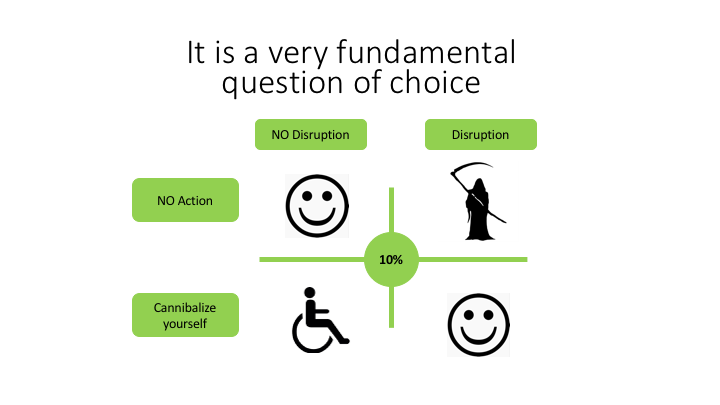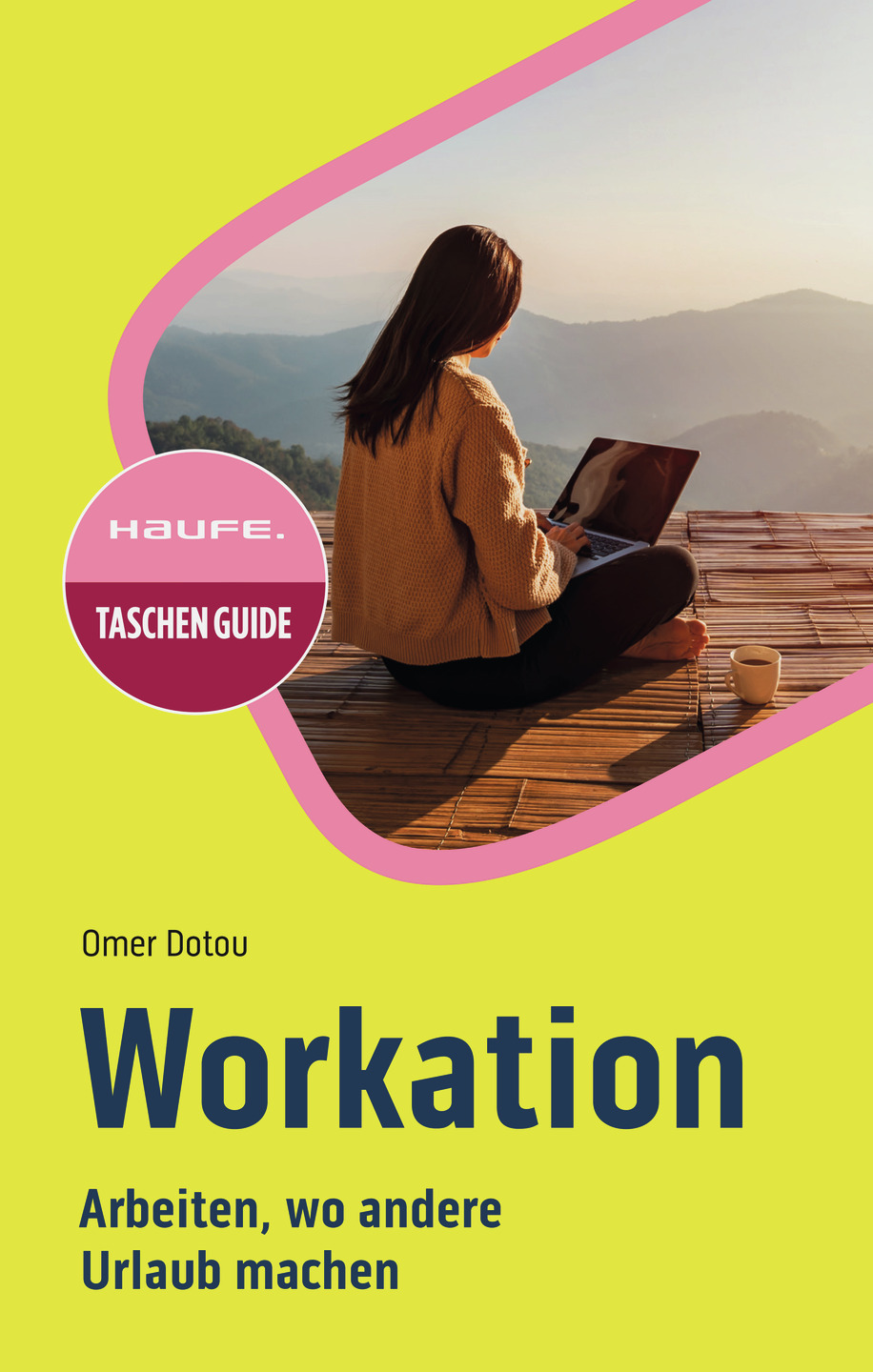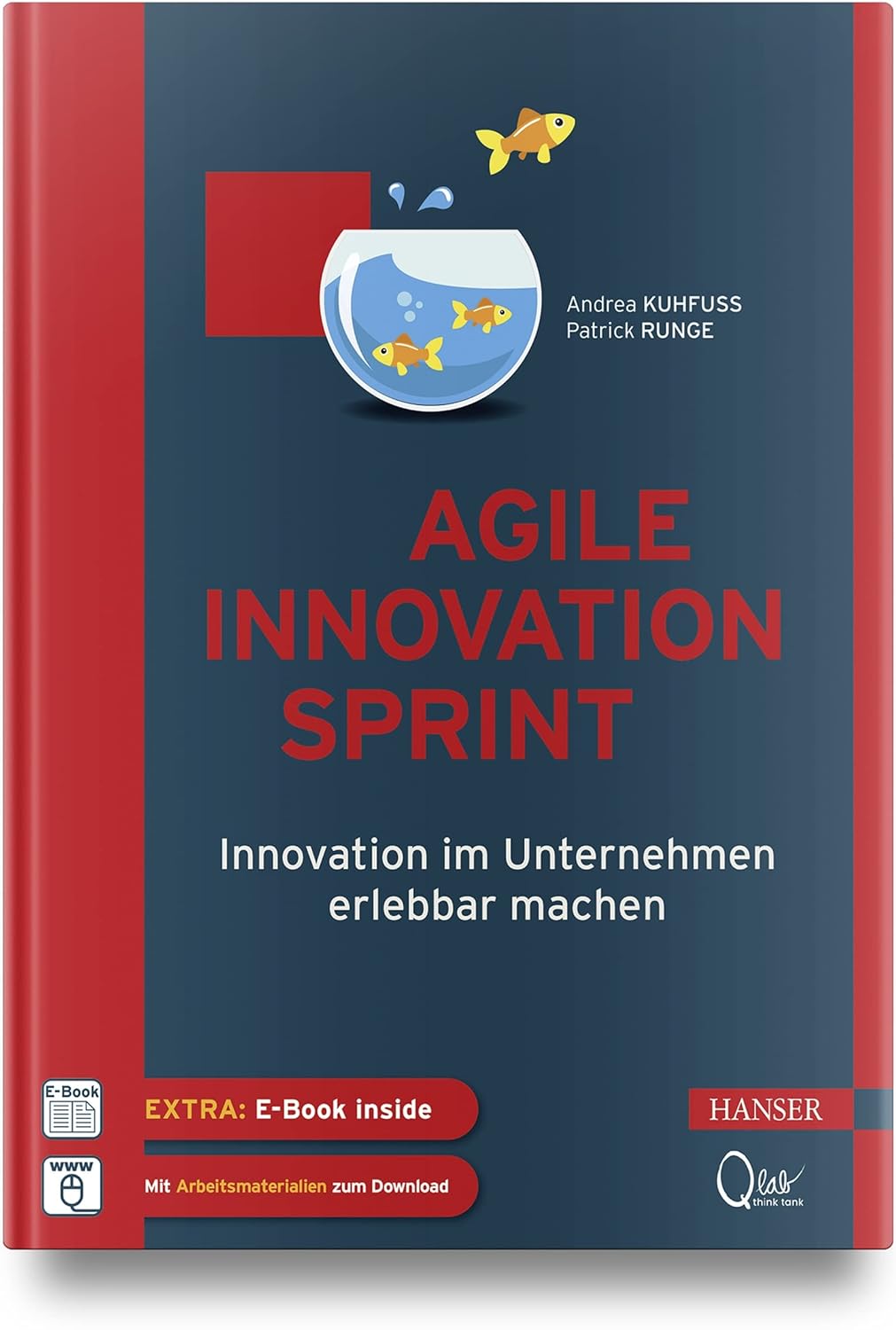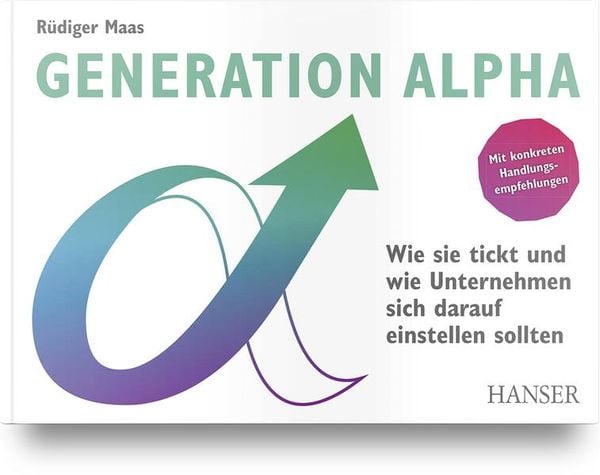Von unserem Gastblogger Peter Veil
To adapt to disruption, or not to adapt ? That is the question. Well, this is not Hamlet but also quite a serious decision situation which a lot of currently well established companies face. And perhaps to be more precise, it is not the company but rather the acting individuals that face the situation.
And it is a tricky situation. And one where decisions often are not the right ones…
Why is it tricky? Because some nasty ingredients come together. First of all, you do not really know to what extend a disruptive situation lures around the next corner. Secondly, if this is true not acting will be lethal. The third factor is that you have to be fast in this case – Disruption does not set in linear. And least not least there is a forth one: You act as if there is disruption but you were wrong and your business model is still a solid one – well that won’t kill you but probably you cannibalized yourself quite significantly.
And why do decisions often go down the wrong road? Because the situation is not linear – Ingredient three lets you potentially wait till it is too late. But I think ingredient four is the most tricky one for leaders and organizations as it represents the risk of getting active in a situation that is unclear and at the point of the decision is inferior to not getting active. This leads to a bias towards not acting…
I gave some thoughts how to best visualize the decision problem.
Here is the result:

Btw. 10% refers to the rule of thumb that if a new kid on the block hast 10% market share in a disruption context it is probably already too late…
..So far so good for understanding the situation. But what can be done to improve the decision quality? The key lies within to concept of “psychological safety”. Only if decision makers feel that it is ok to take (short term) risks they will do so. But that is much easier said than done :-)







Leave A Comment